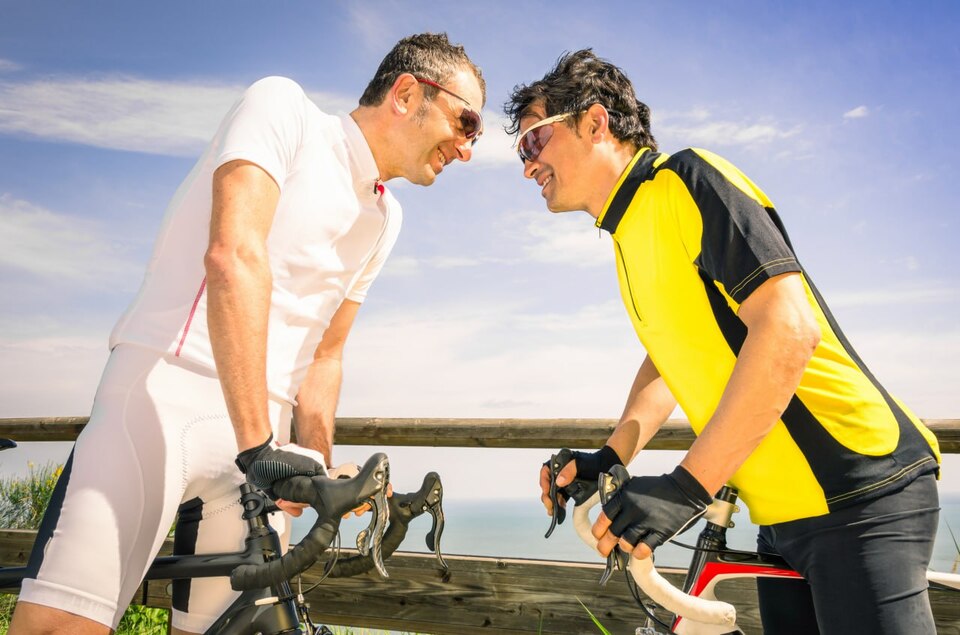The Vuelta a España, known simply as the Vuelta, is one of the three Grand Tours of professional cycling, along with the Tour de France and the Giro d’Italia. Since its inception in 1935, the Vuelta has become known for its grueling routes, fierce competition and showcasing Spain’s varied and dramatic landscapes. The Vuelta takes place in late summer, usually starting in late August and finishing in September, and offers a unique combination of challenges that often result in unpredictable and exciting races. Let’s take a closer look at this amazing sporting event.
Evolution of The Vuelta
The Vuelta a España was first organized to compete with the successful Tour de France and Giro d’Italia. Since its early days, the race has undergone significant changes through the turbulent history of twentieth-century Spain, including a hiatus during the Civil War and World War II. Today, the Vuelta is run by Unipublic and since 1995 it has been part of the UCI World Tour, the top level of professional men’s cycling.
Typically, the Vuelta is characterized by challenging mountain stages, often including several summit finishes that play a decisive role in shaping the race’s general classification. These stages are known for their steep gradients and grueling climbs, making them a true test of a cyclist’s climbing ability and endurance. Unlike its French and Italian counterparts, the Vuelta often experiments with innovative and unpredictable routes, including unpredictable weather conditions that create additional challenges for participants.
One of the most distinctive features of the Vuelta is the red jersey worn by the race leader, similar to the yellow jersey of the Tour de France and the pink jersey of the Giro d’Italia. The race not only emphasizes the physical strength required to compete, but also draws attention to Spain’s spectacular scenery, from rugged coastlines and remote rural landscapes to historic city centers.
Modern Day Relevance
The Vuelta a España holds a special place in the hearts of Spanish sports fans and has made a significant contribution to the popularity of cycling in Spain. It has helped nurture talented local athletes, leading many Spanish cyclists such as Alberto Contador and Alejandro Valverde to great success.
Continuing to challenge the world’s best cyclists with its steep climbs and tactical depth, the Vuelta a España remains a cherished and key part of the professional cycling calendar, known for its fierce competition and the dramatic stories it generates each year. Watch the picturesque Spanish cycling race, and you will forever fall in love with this beautiful event full of excitement and elegance.


